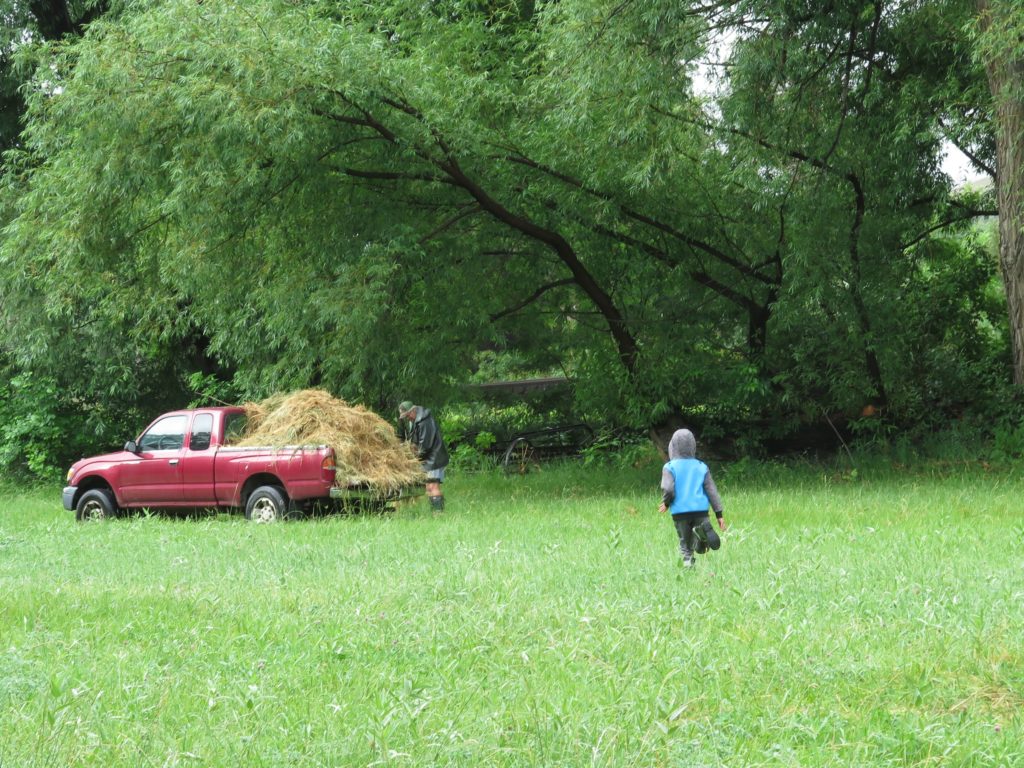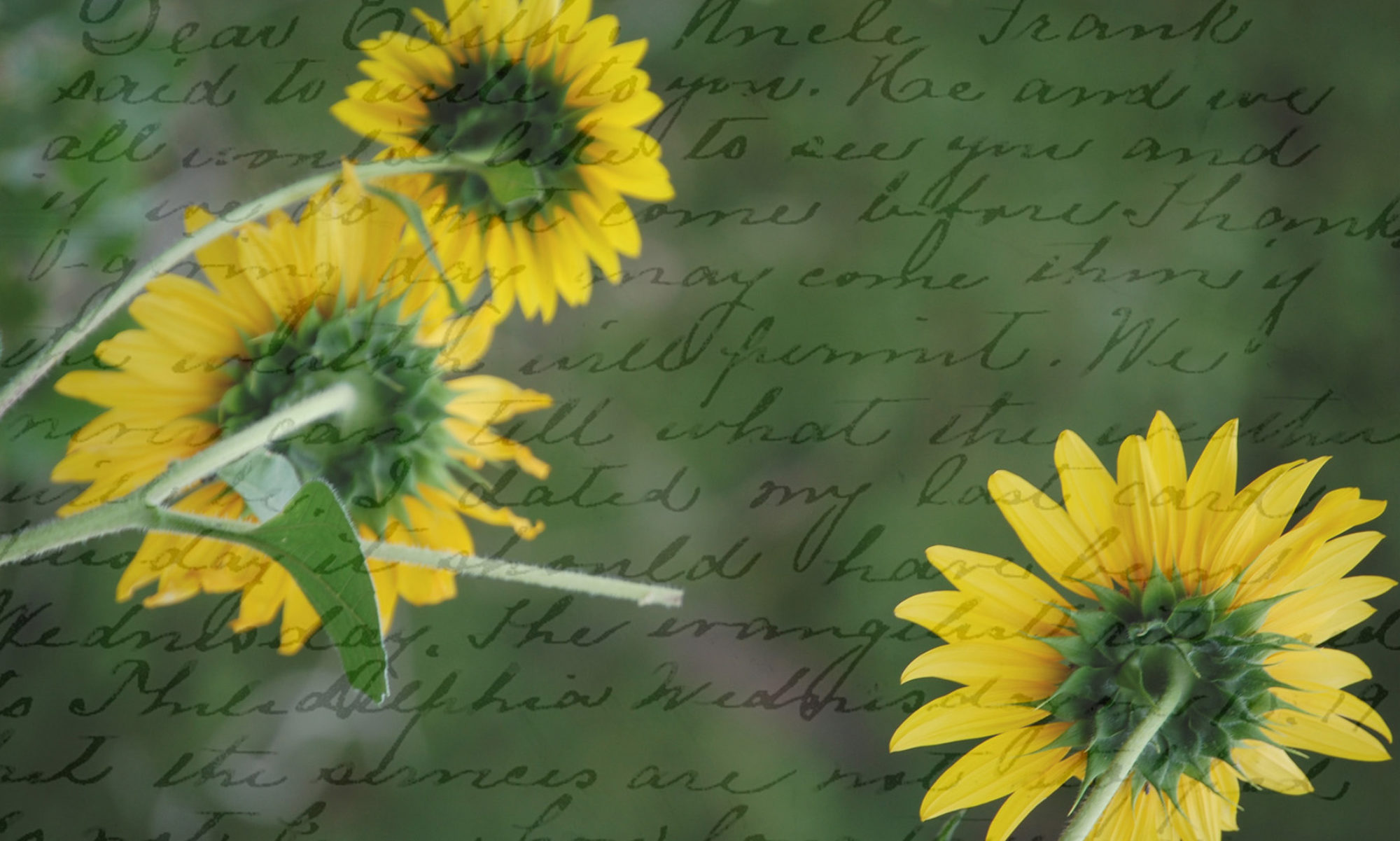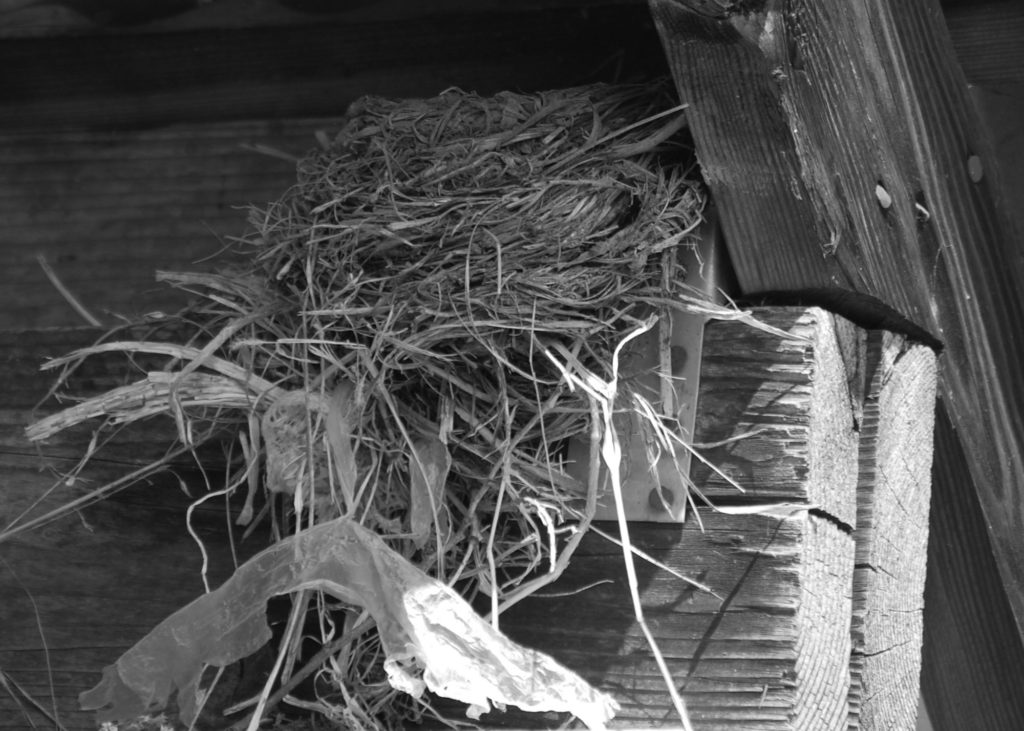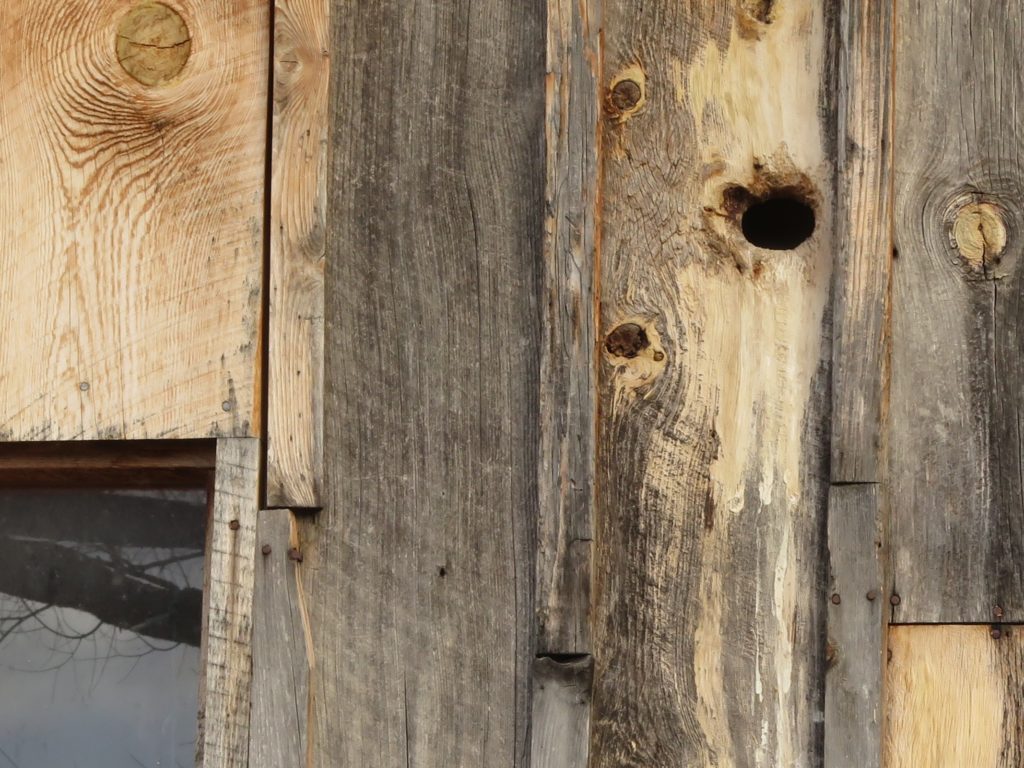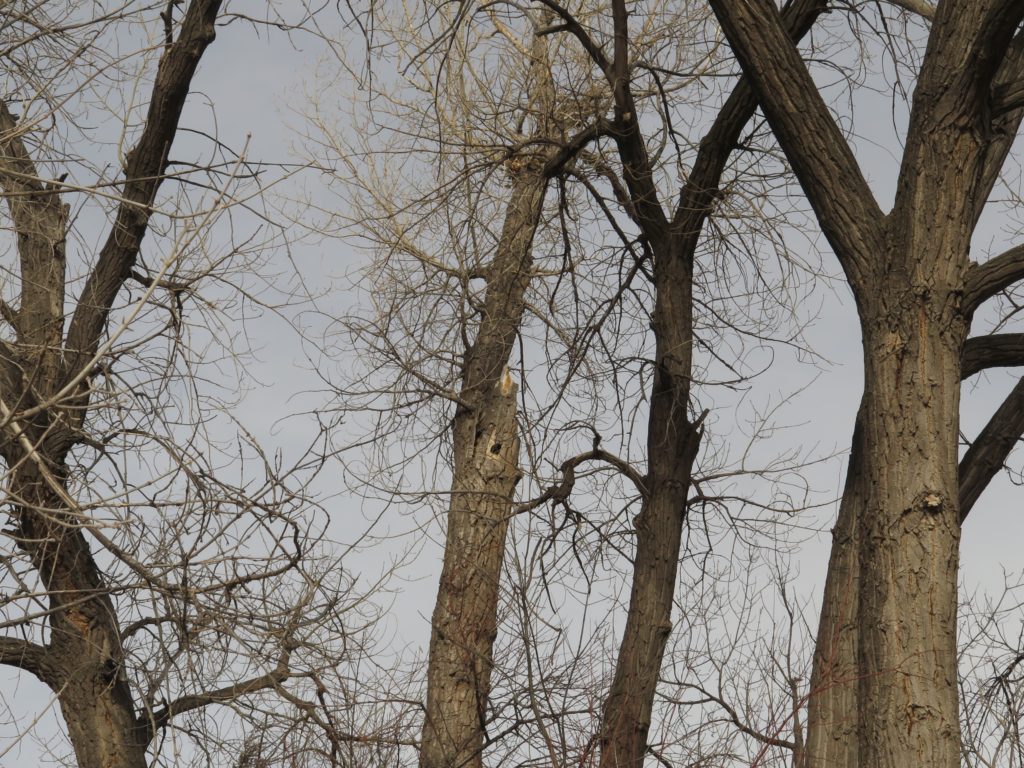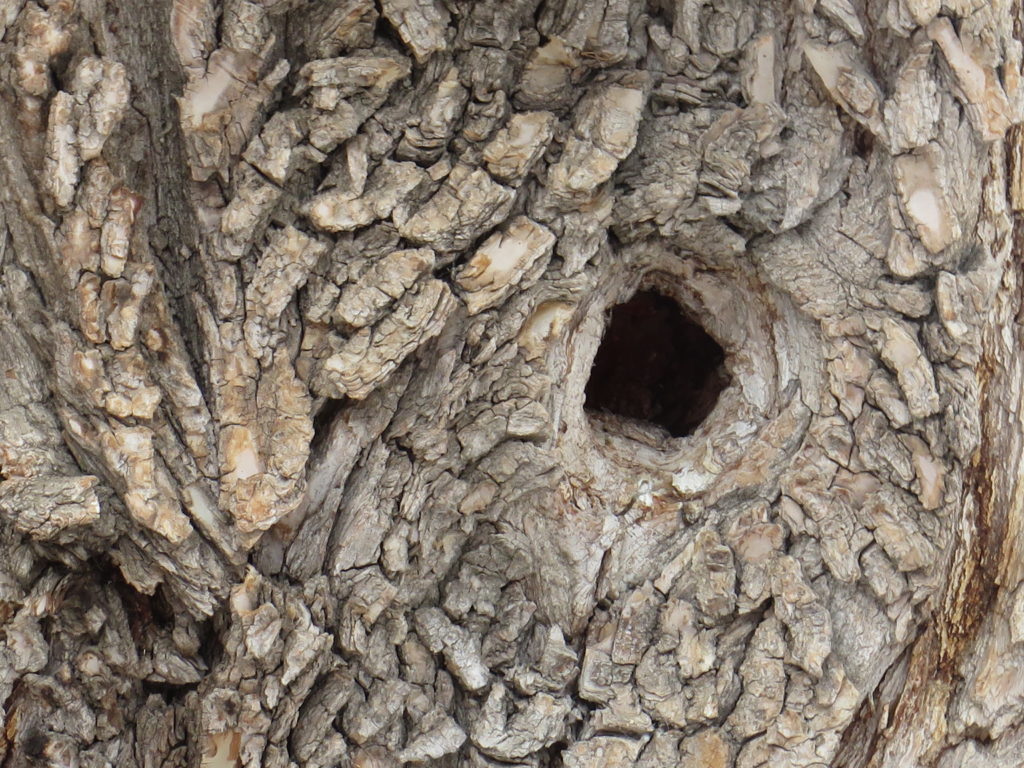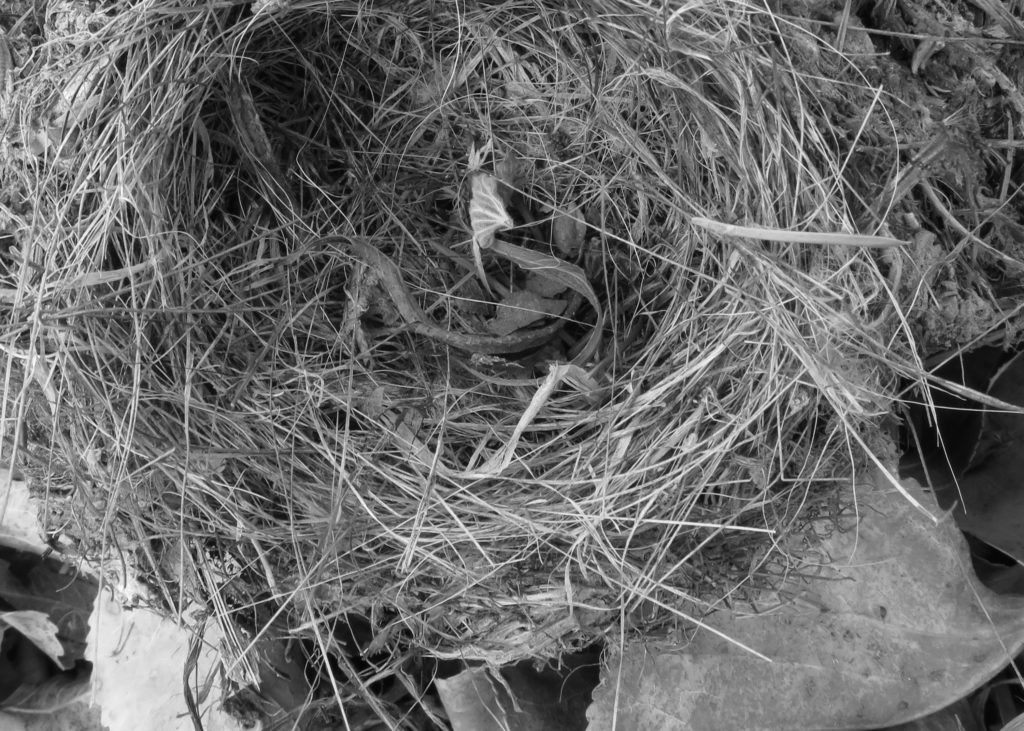Subscribe at the right for a monthly post with writing explorations for creating your own ecobiography.
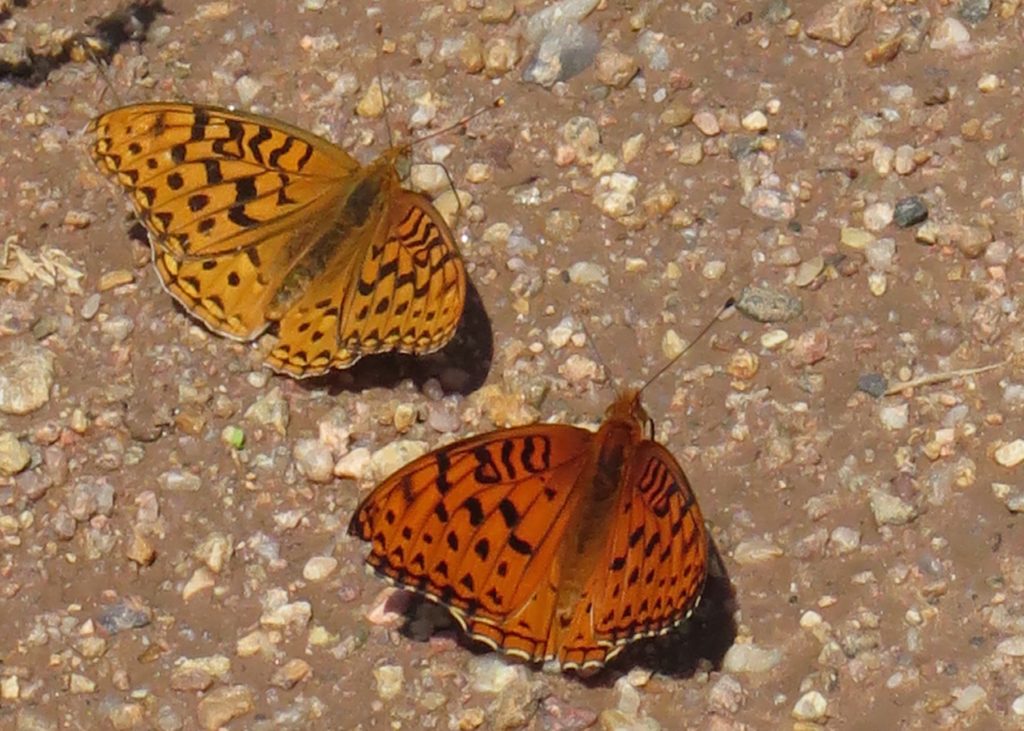
I had to look up a lot of things last week. It’s amazing how much, at middle age, I still don’t know. For example, what do you call a group of butterflies? According to the internet, possible collective nouns include a flight, a flutter, a swarm, or, more poetically, a kaleidoscope.
All of these answers evoke the lovely assembly of color and movement displayed by butterflies, but when my grandson and I were encircled by orange and black fritallaries on the Nighthawk trail of rabbit brush and yucca framed by red Colorado buttes, “cloud” was the word we chose. Sweeping and brushing above and around us as if we weren’t even there, dozens of butterflies accompanied us thirty feet down the trail, alighting only long enough for a five-year-old to touch a wing with the gentlest of fingers while I snapped a few photos for future ID.
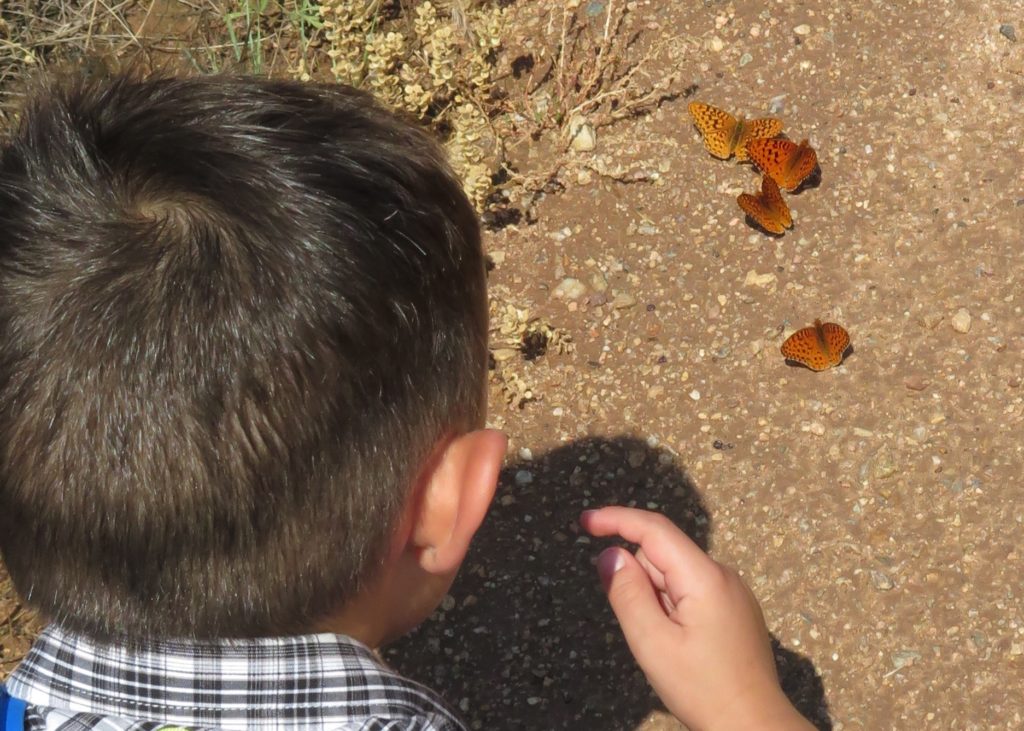
Back from our hike, we loaded the photos onto my laptop and pulled up my go-to page for “butterflies of Boulder County.” I have to admit I’d never heard of fritallaries before, so we had to search by individual photos rather than type. Once my grandson and I zeroed in on the fritallary family, we found 10 to choose from, each with a different pattern of spots and stripes on both sides of their wings. Comparing each species with our photos, we decided the butterflies circling us were Northwestern Fritallaries. We had to look up how to pronounce their name, too!
Five-year-olds are all about understanding their world, whether through books, play, or jumping with both feet into whatever curious mud puddle of a situation presents itself, despite the appropriateness of their boots. Children of that age take time to ask questions to help them learn how the new and often odd things they encounter line up with what they already know. My grandson stops me when I use a word he doesn’t yet know, or asks me what something means when he’s reading on his own. He favors non-fiction, but he’s always up for a good story like My Side of the Mountain. His favorite area of inquiry is the animal kingdom, which extends to insects when confronted with those of particular interest such as butterflies swirling alongside as we hike.
Five is a powerful age for blending fact and fiction, magic and science. On the trail where we saw the frittalaries, my grandson also glimpsed the back side of two retreating mountain lions in the scrub oak, members of the feline family, as he reminded me, I wasn’t quick enough to see. When in imagination mode, he often pretends he’s an animal himself. After our hike, he gave me a “bear” kiss. “That’s the best bear kiss I’ve ever had,” I said. To which the little bear replied in his growly voice: “I don’t think you’ve had very many others.”
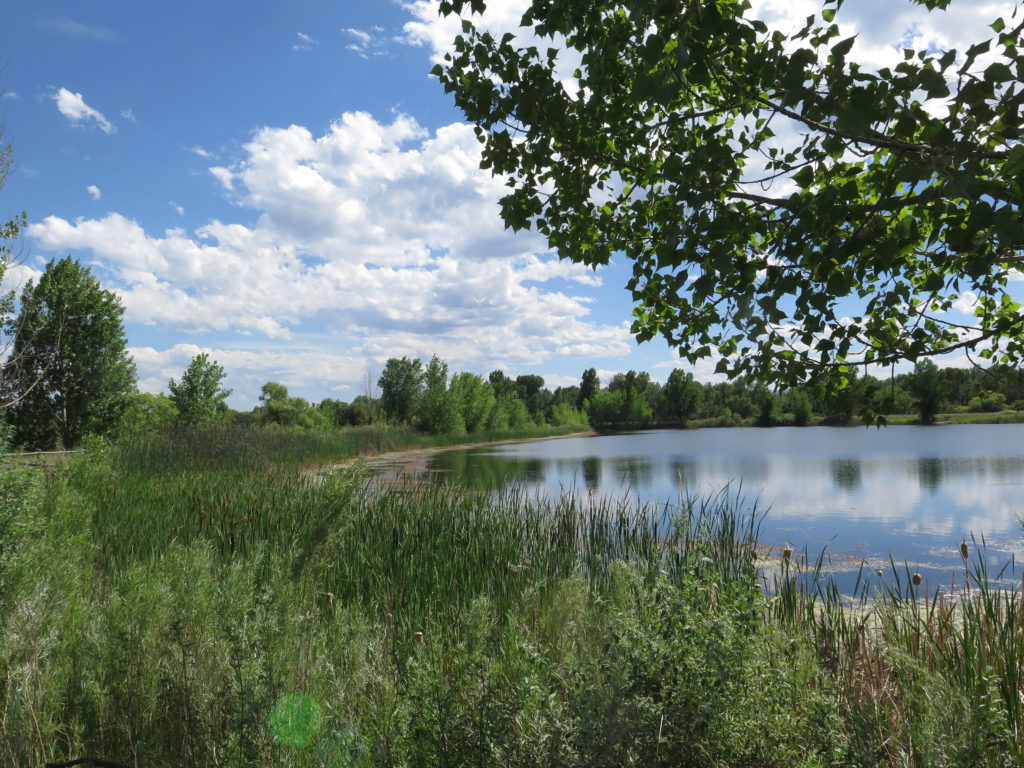
Our next hike was at a place we call Heron Ponds since a heron rookery, or heronry, is located nearby and we often spot great blues on our walks there. This time, we spotted a bird neither of us had noticed before, a black bat-winged duck with an orange beak and long neck down which it was struggling to swallow a very large fish. We watched duck and fish in their mortal tug-of-war for ten minutes before the duck won, its neck stretched fish-shaped as the prey slid down its throat. Was the bird a loon? A grebe? We weren’t sure, so again we turned to an internet source for Boulder County and quickly found our duck was a double-crested cormorant, an increasingly common resident to our area because of the shared heronries.
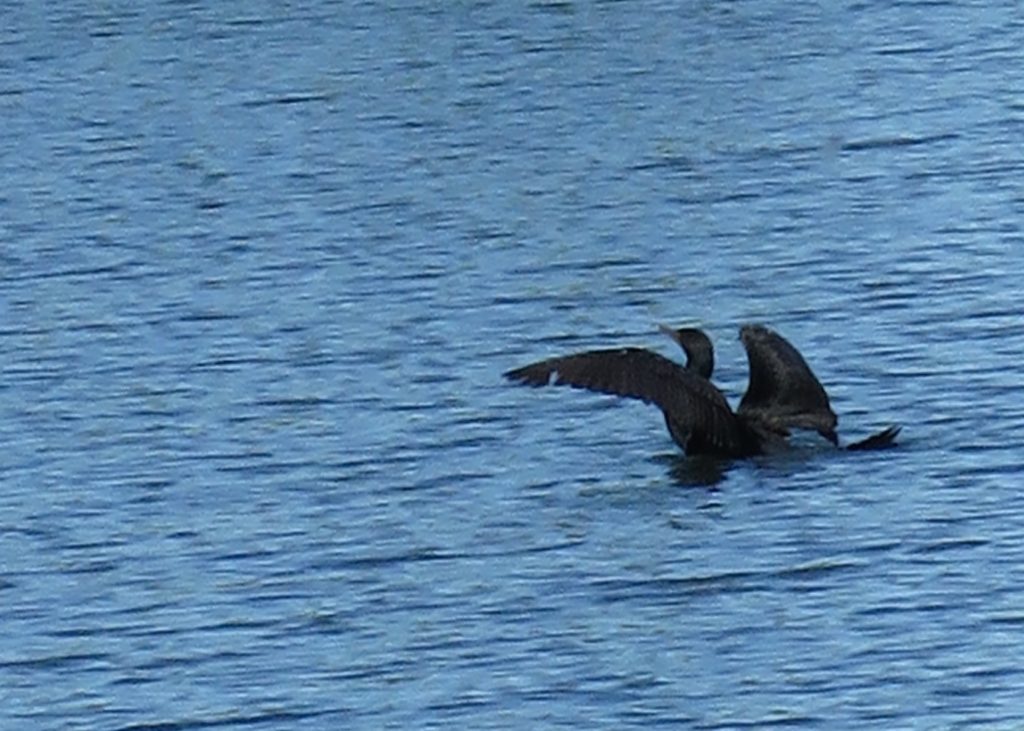
But that wasn’t the only interesting animal we encountered at Heron Ponds. Out in the depths of one of the ponds lurked a dark shadow from which thin branches protruded. “There’s a hippotamous!” my grandson cried.
“Really?”
“Yes, I see it.”
“Maybe so,” I say. “Don’t they usually live in Africa?”
“Yes, but it might have walked here.”
“Across the ocean?”
“Yes, it walked underwater,” he says, although the giggle in his voice shows this idea doesn’t quite square with his knowledge of how the world really runs.
The next time we drive by the ponds, my grandson says we should call them “Hippo Ponds” instead of “Heron Ponds.” He still insists he saw a hippo there, and I don’t disagree. Instead, I suggest what we really saw was a “Hippopondamus,” a hybrid creature blending a hippo and its adopted habitat, the pond. Hybrids are a new interest for my grandson. After we’d looked up the cormorant, we watched a video about strange animals like the “tion,” a combination of tiger and lion bred in captivity, and the “groler,” a grizzly/polar bear mix that has occurred in nature as a warming climate brings the territories of these creatures together.
Clouds of butterflies, fish-necked ducks, and animals from another continent taking up residence in our own backyards. I know my grandson realizes that no such thing as a “hipponpondamous” exists, but we like to say its name and tease each other about it. When we’re together, I remember the planet is too amazing to worry about what’s scientific and what’s imaginary. The world is big enough for both. Everything we experience is curious and beautiful and alive. Five-year-olds remind us that nature is full of wonder. Just look around and you’ll see.
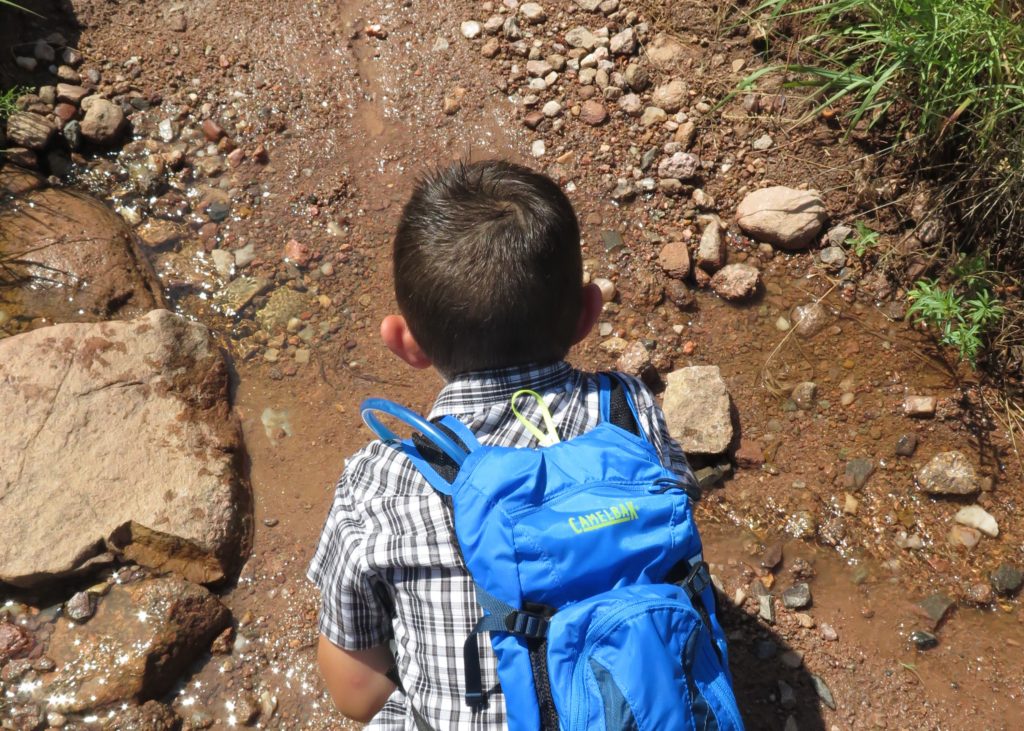
Writing Exploration: Ecobiography is a way of writing about who we are and how we live through our relationship with/in the natural world. As adults, we’re trained to look with the eyes of science in which facts are true until proven otherwise and imagination is relegated to fancy, magic, or art. But by only looking through the lens of a so-called rational system, we may miss out on how incredible the world can be.
What might we see if we suspended the science we already know to look at the natural world with fresh, five-year-old eyes? A leopard lurking in spotted shadows? A winged tornado? Trees that grow upside down?
For your ecobiography, write about a childhood discovery of the natural world. What did you observe and how did your evolving sense of the world help you understand what you saw? Write it from the perspective of a five-year-old, too, to bring an even greater sense of wonderment into your writing voice.
Or go to the natural world and try to recreate a child’s view. How might you look at nature’s habitats and creatures differently by forgetting taxonomy or biology? How might your imagination create a new story about the world swirling around you as you walk?
